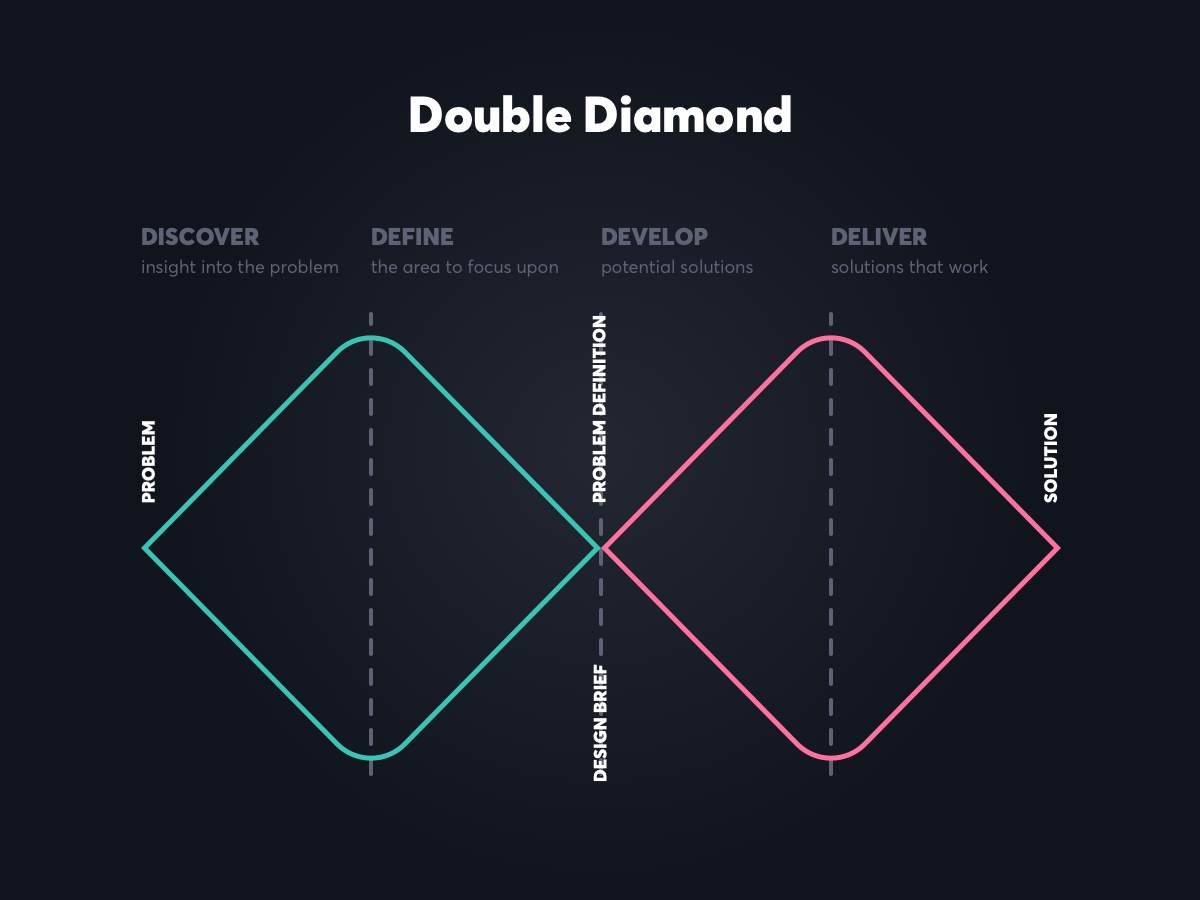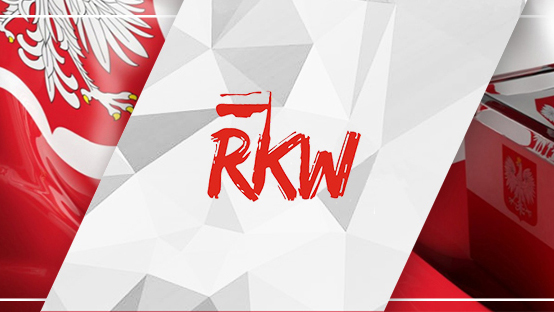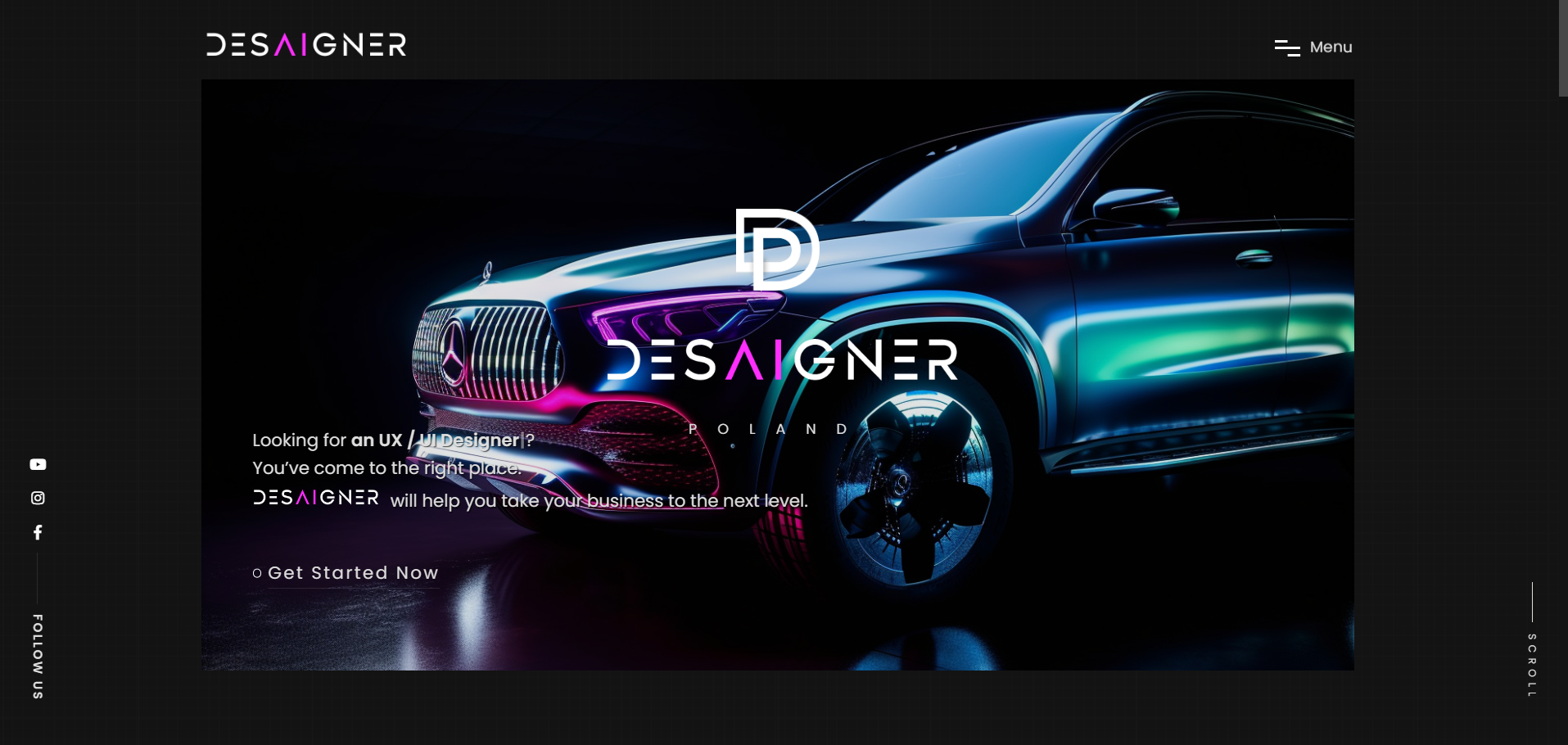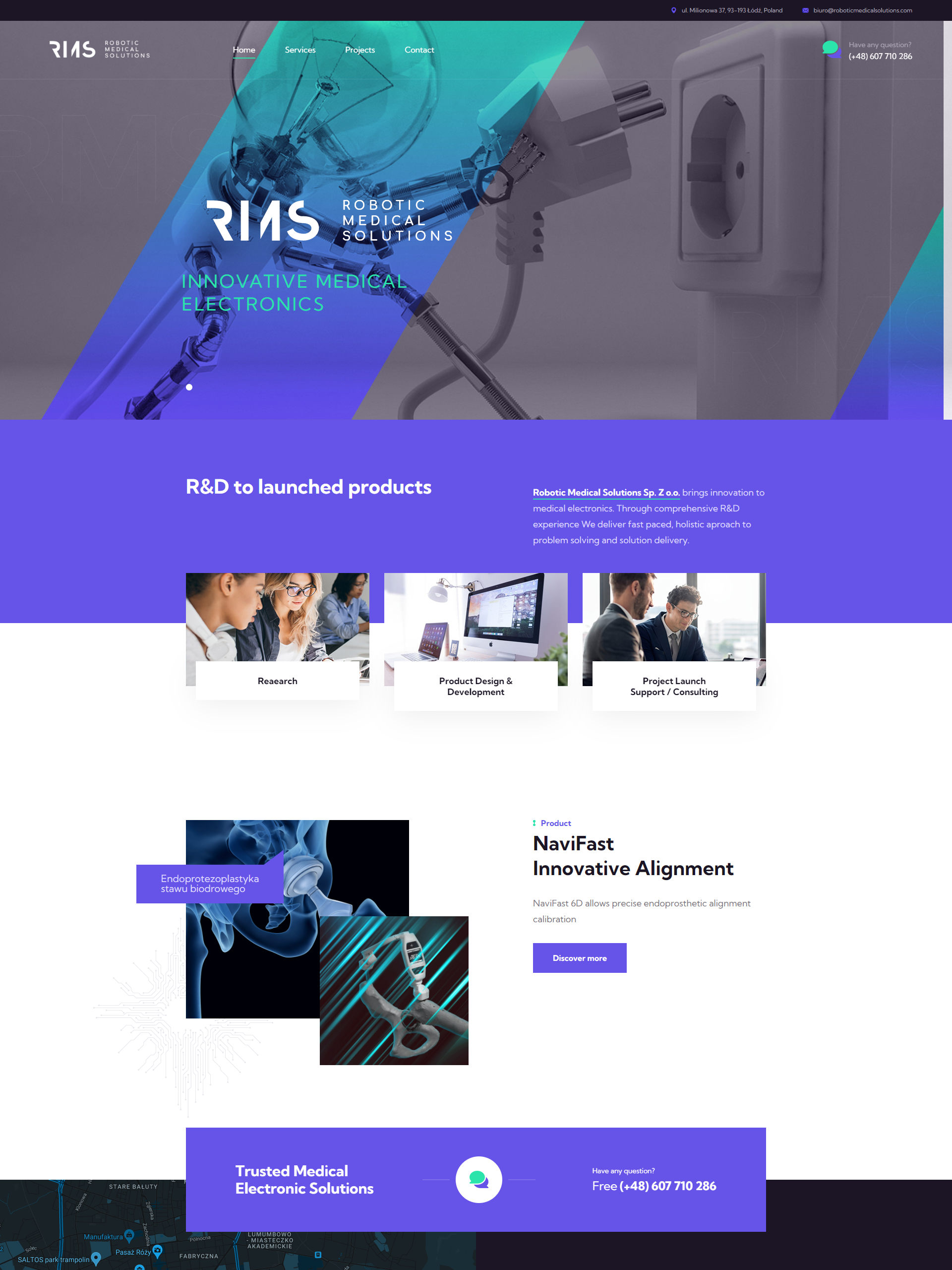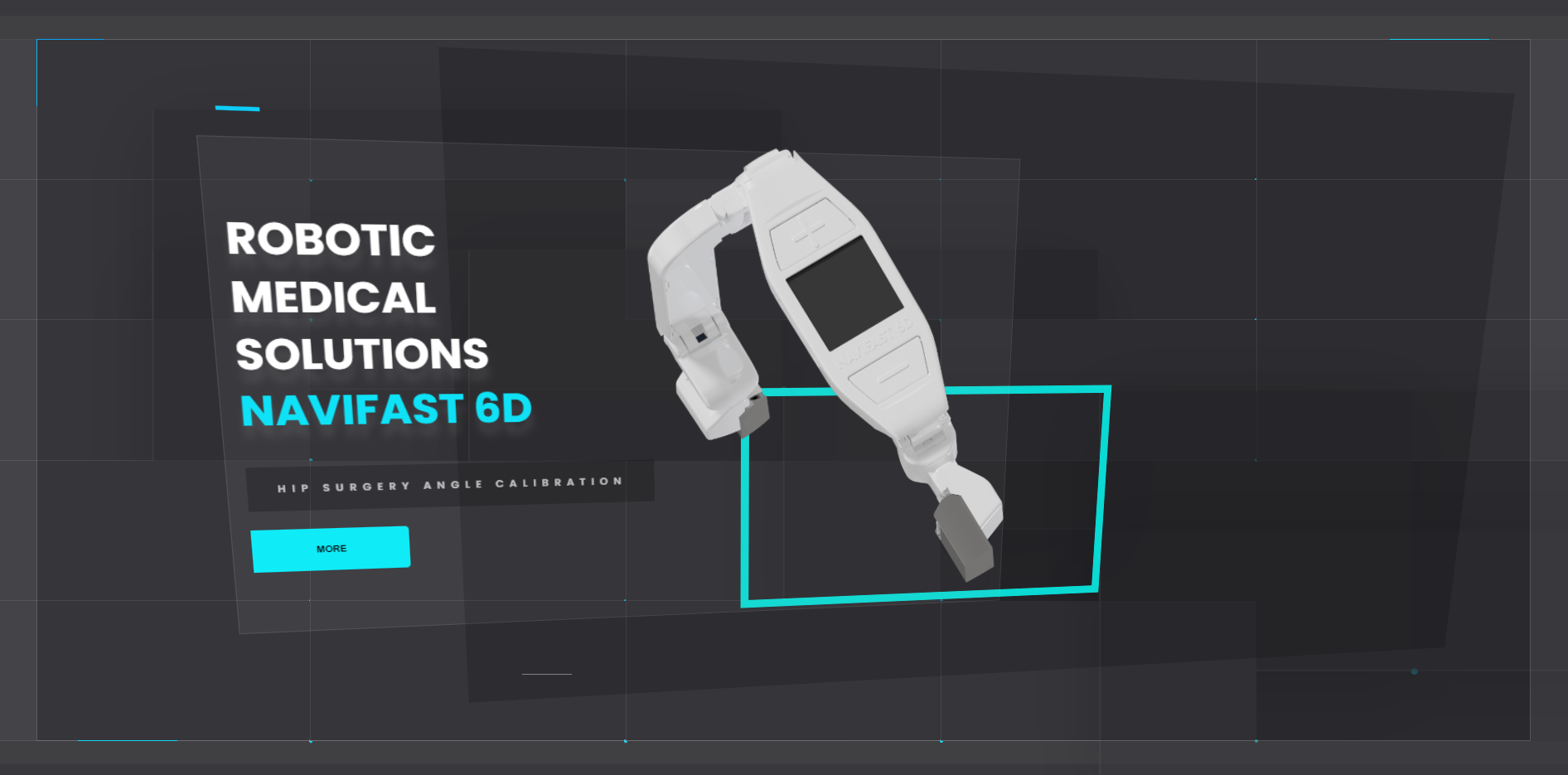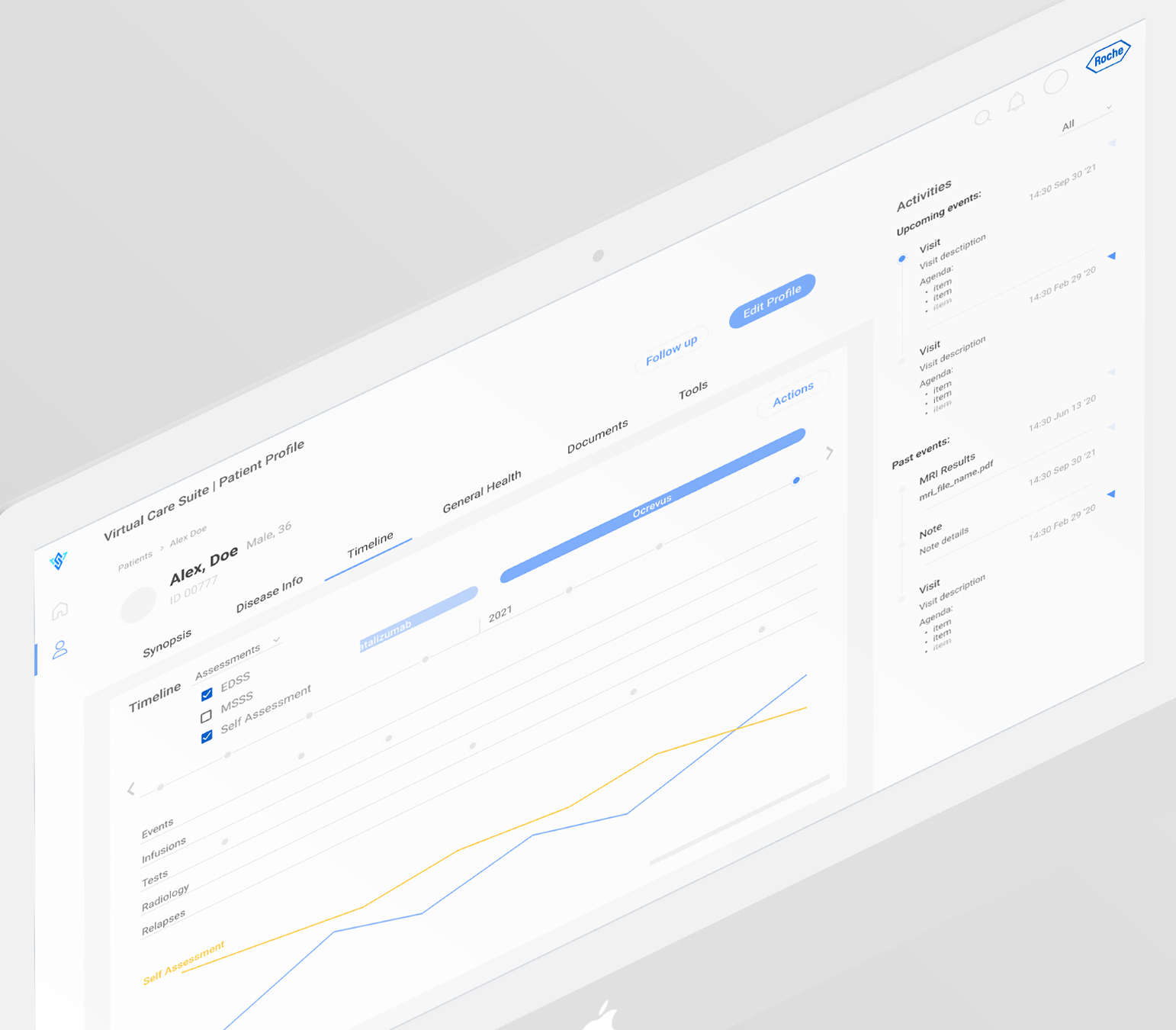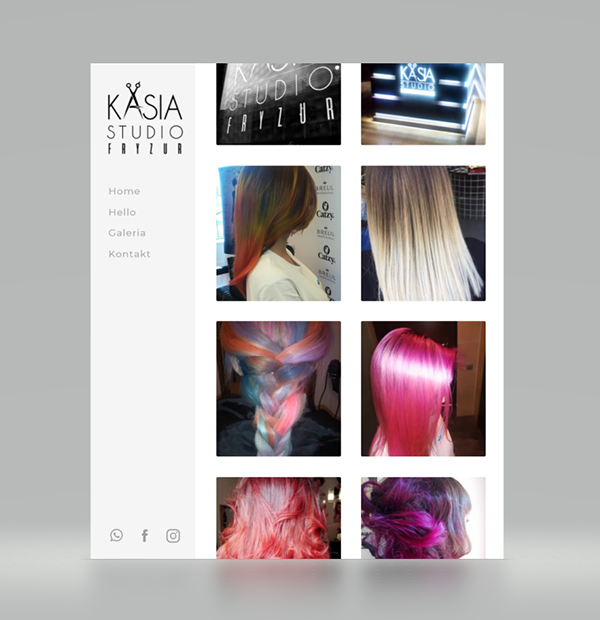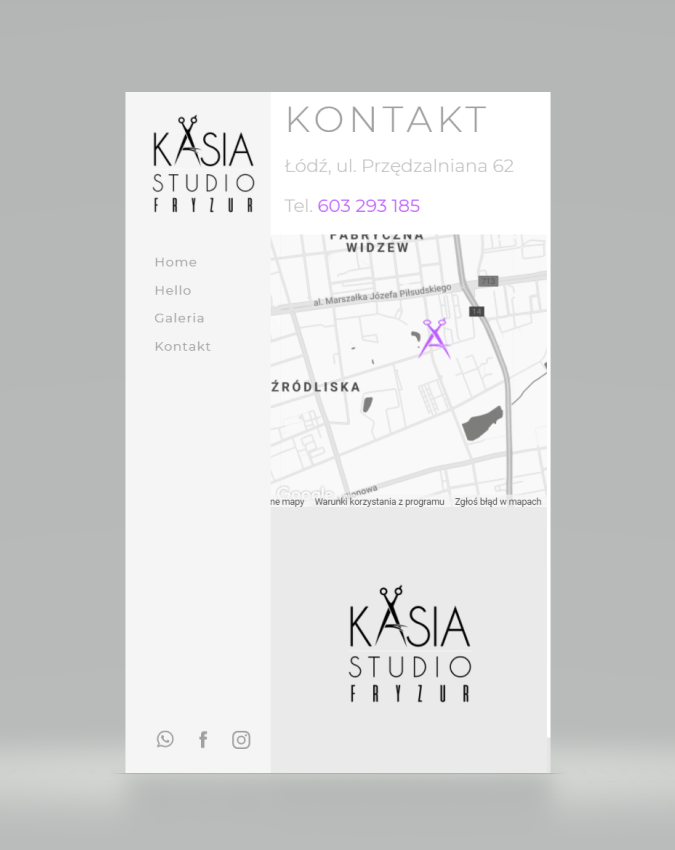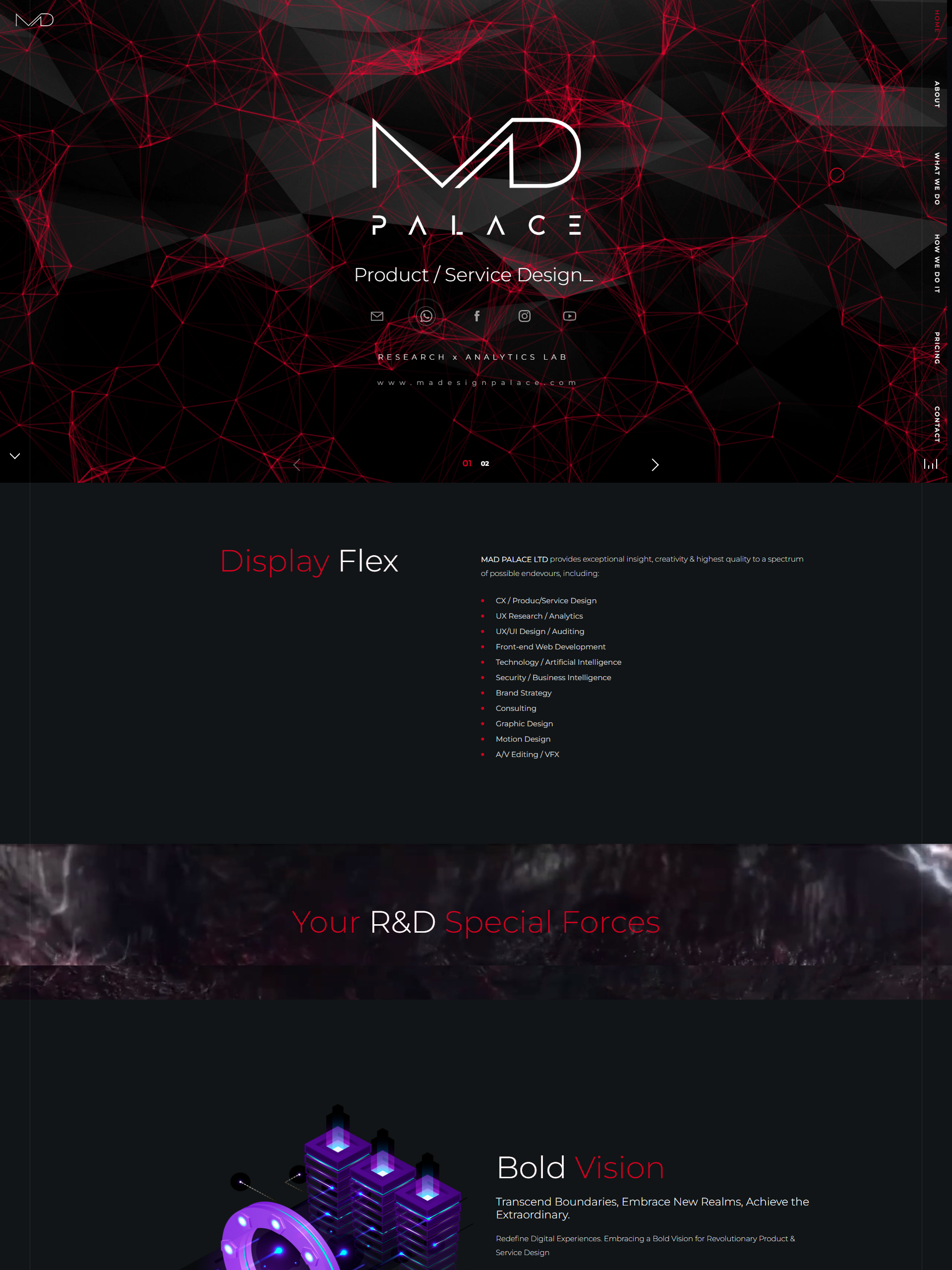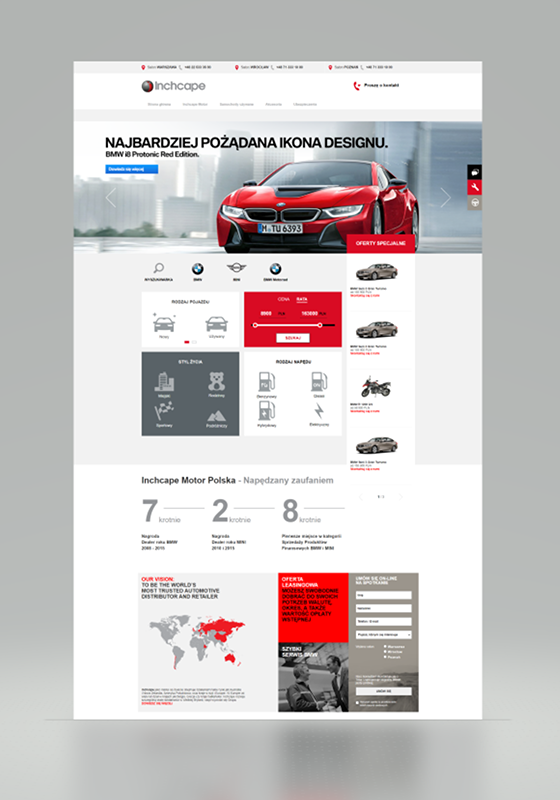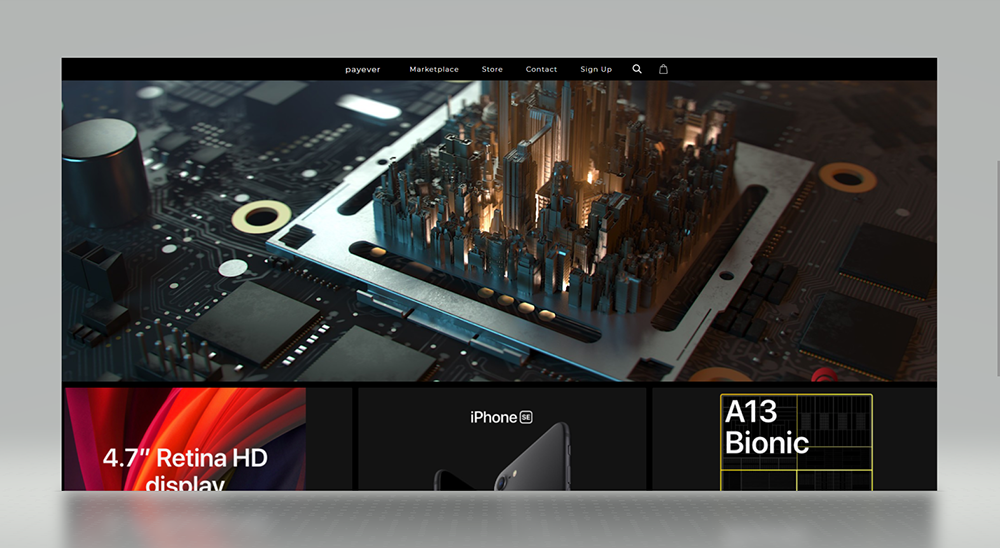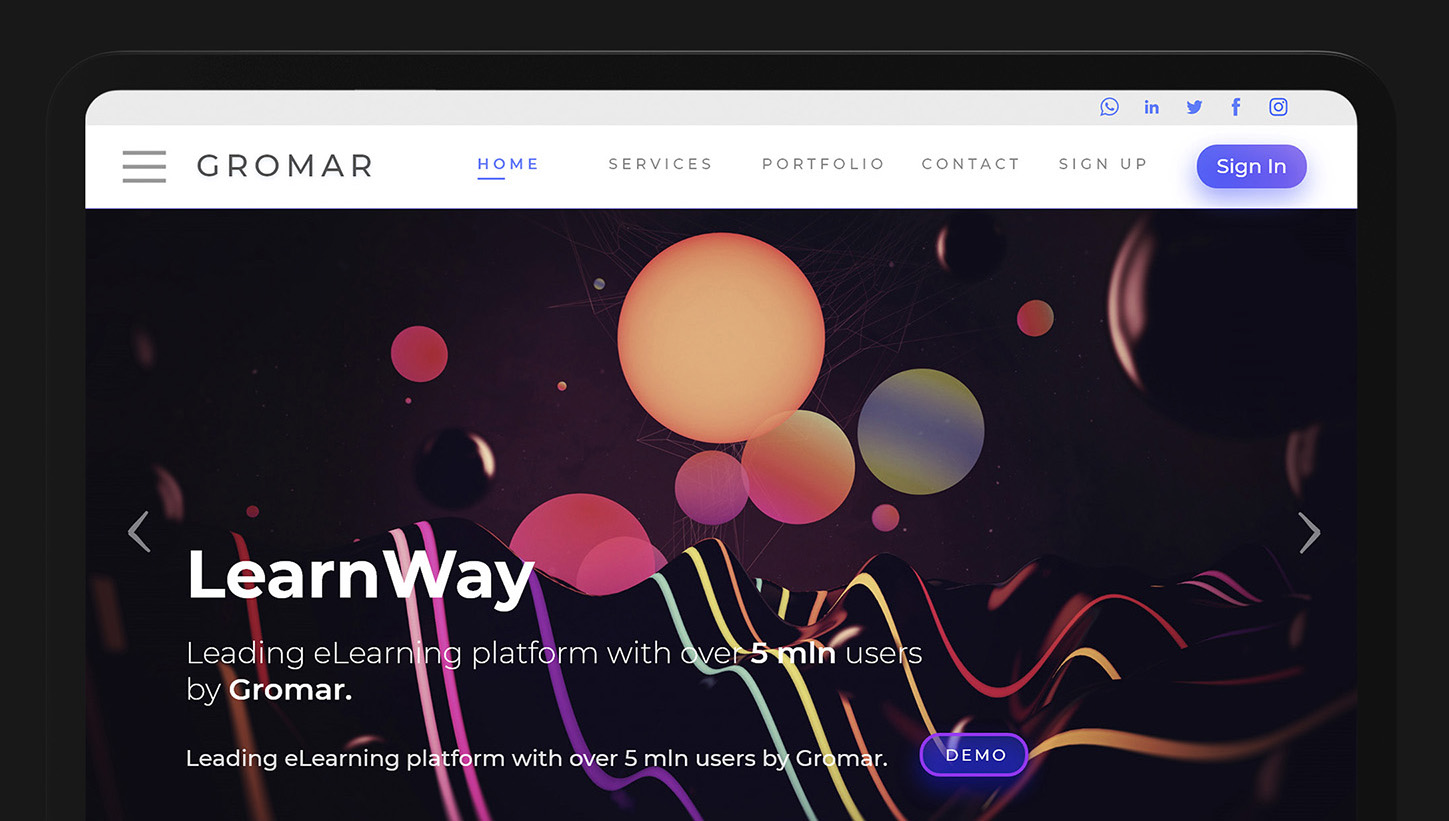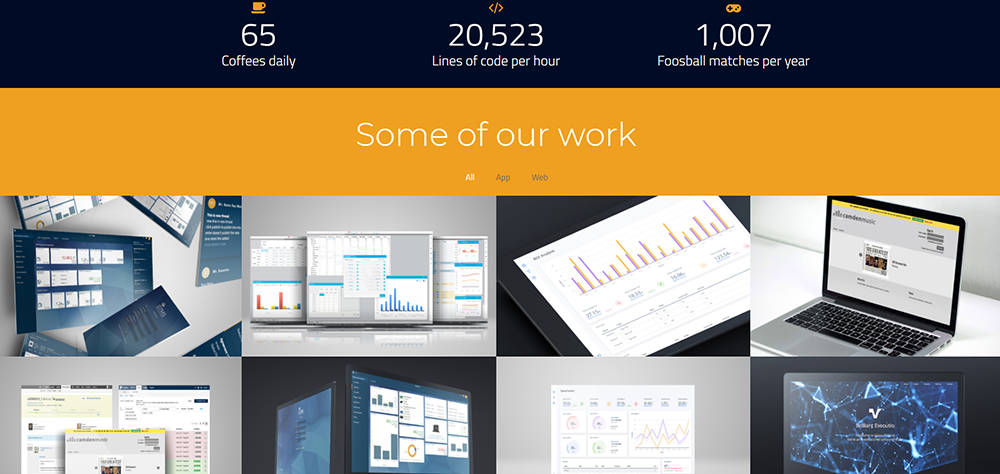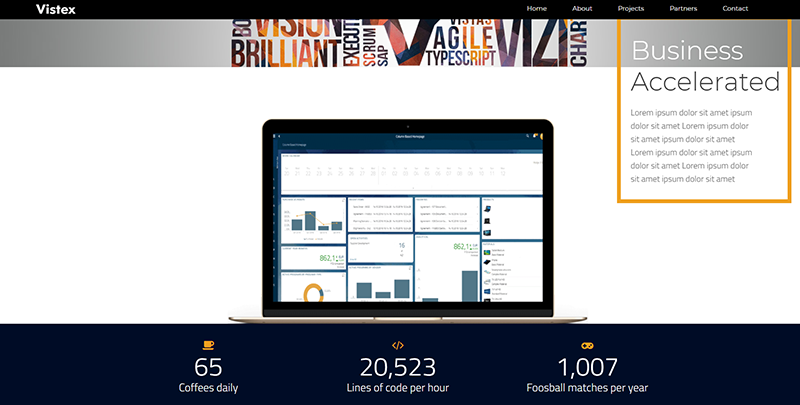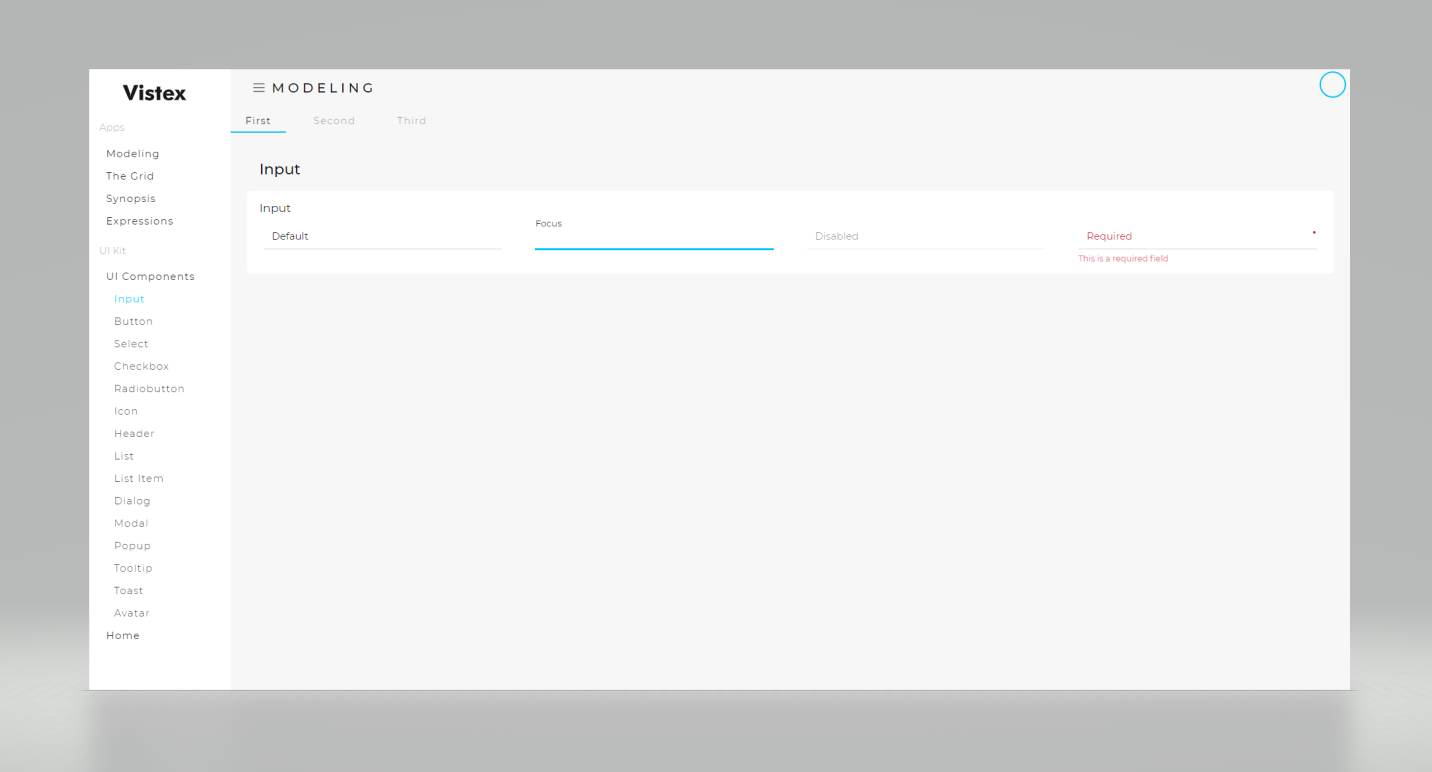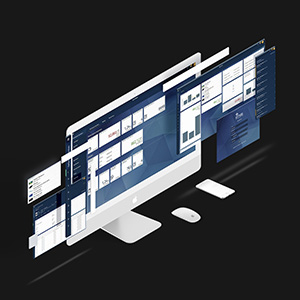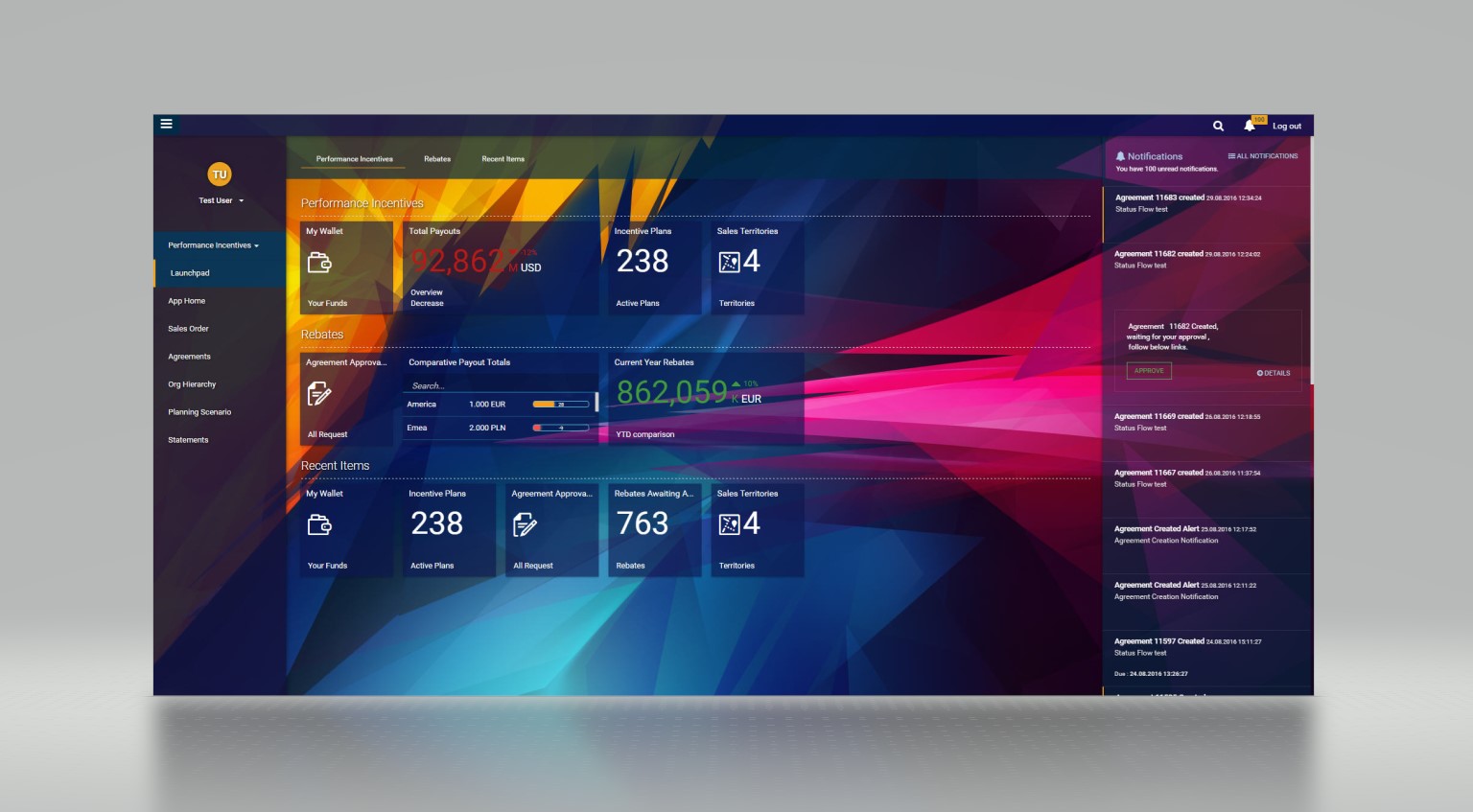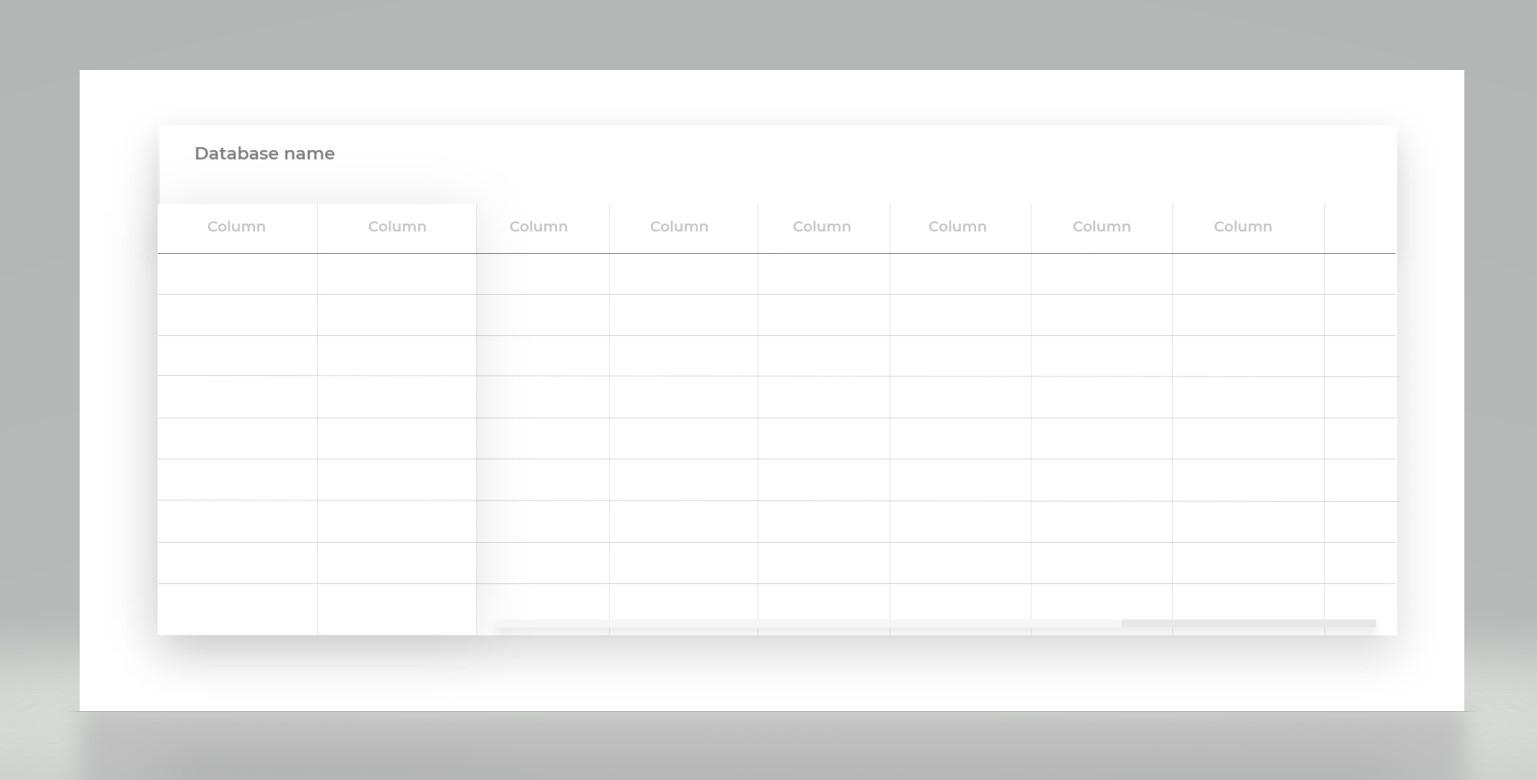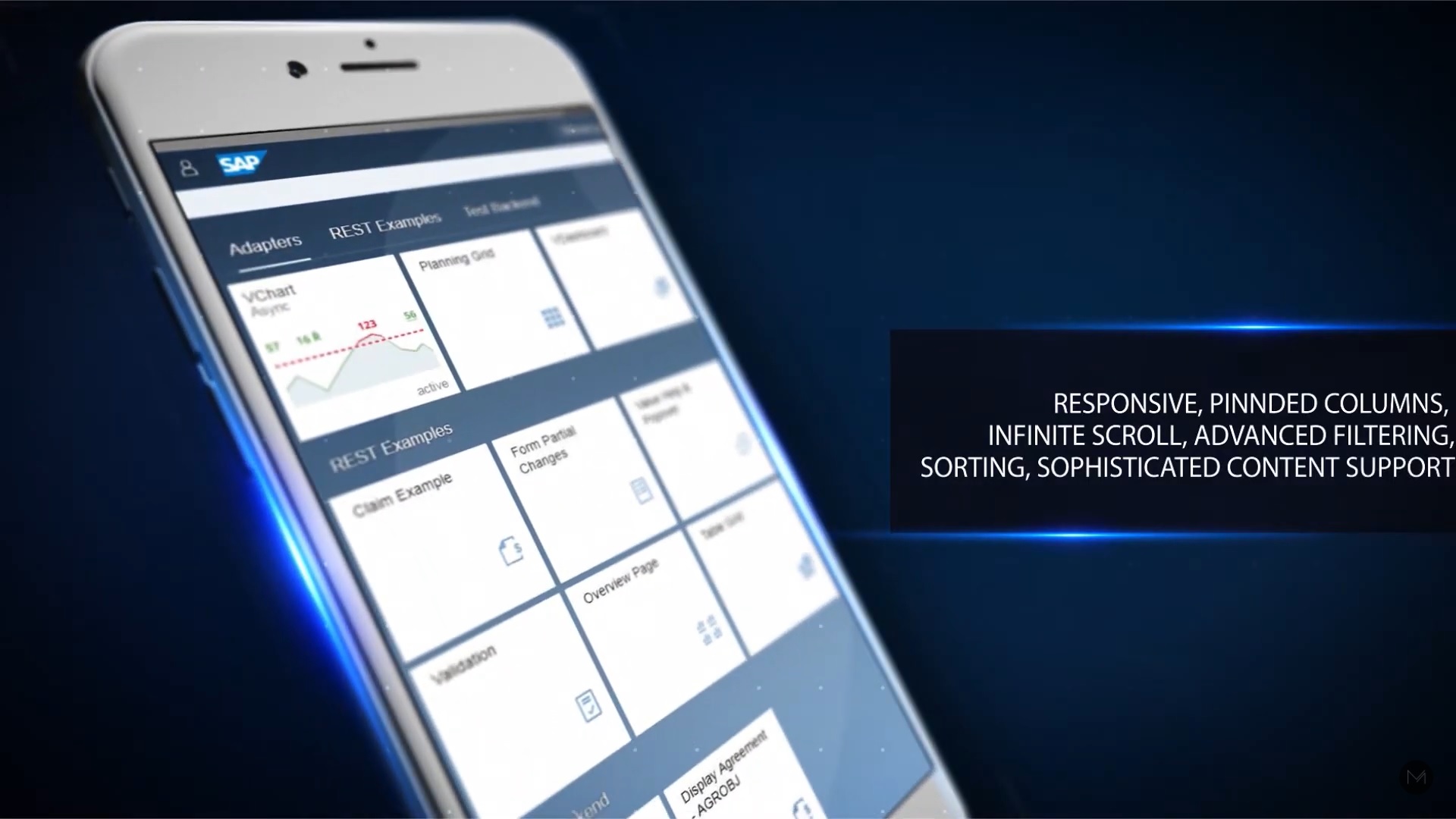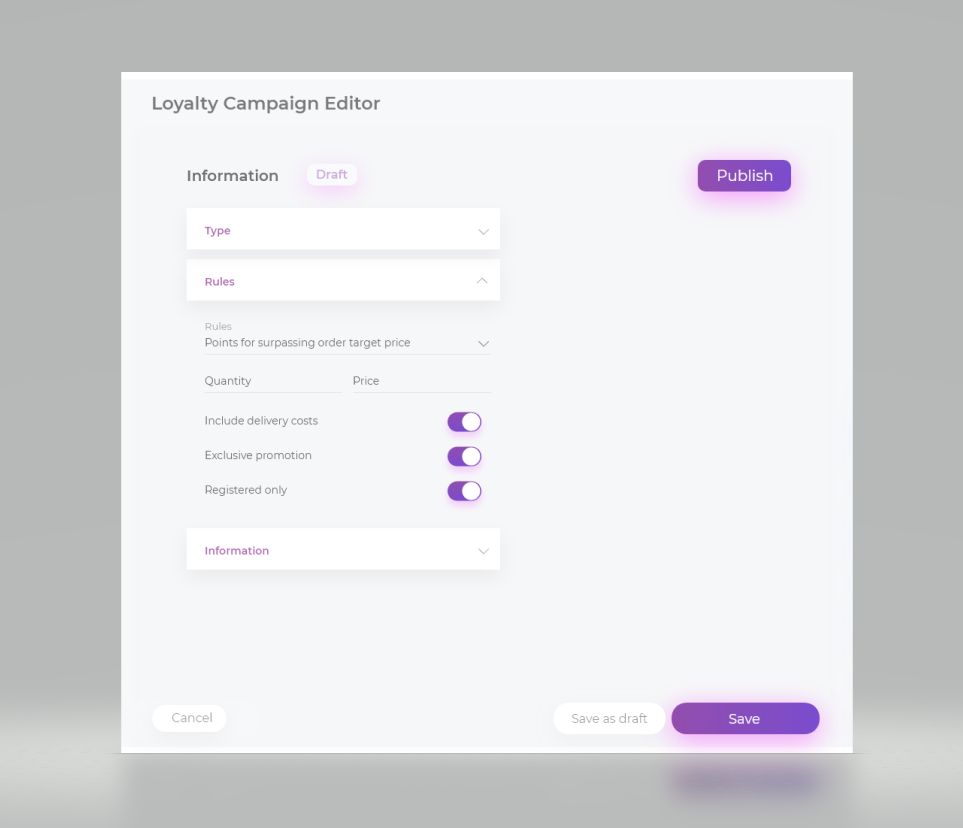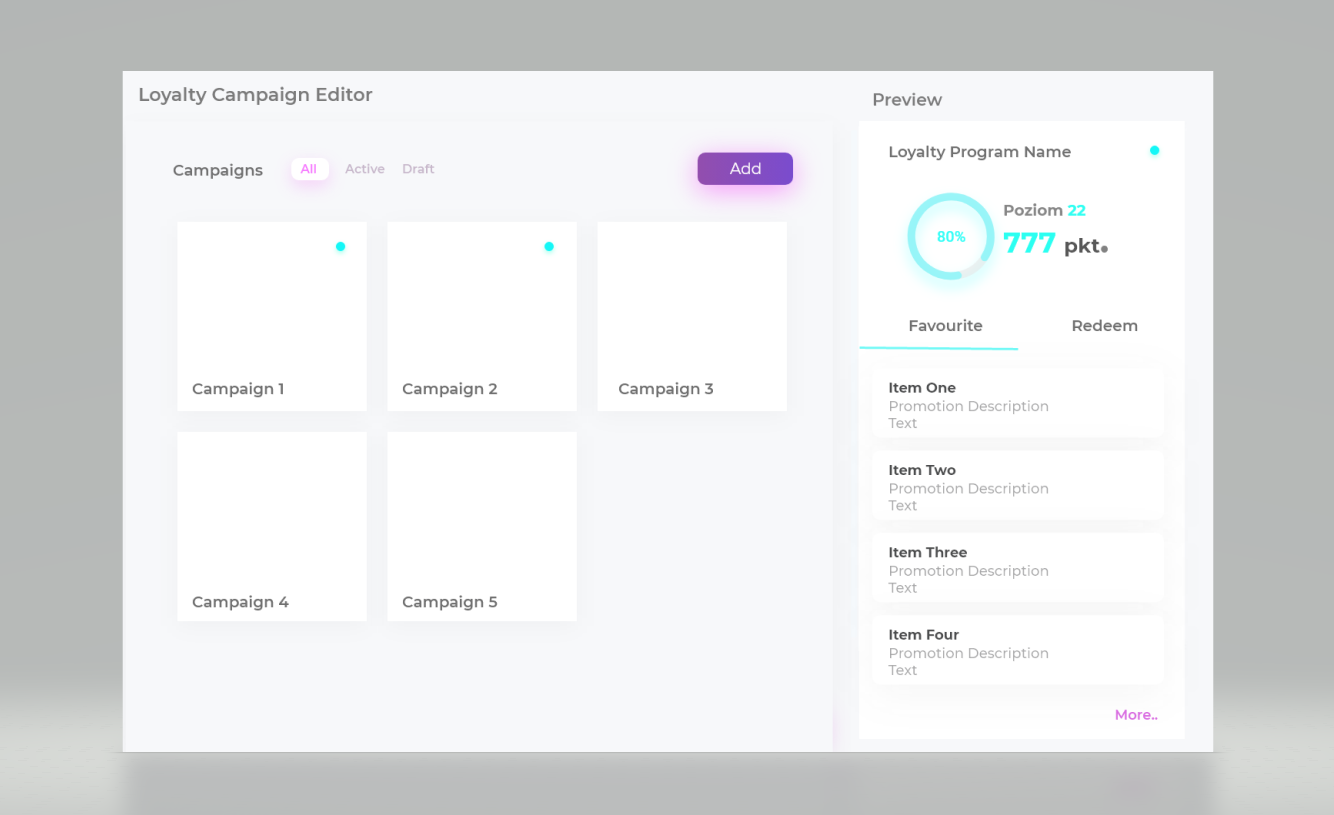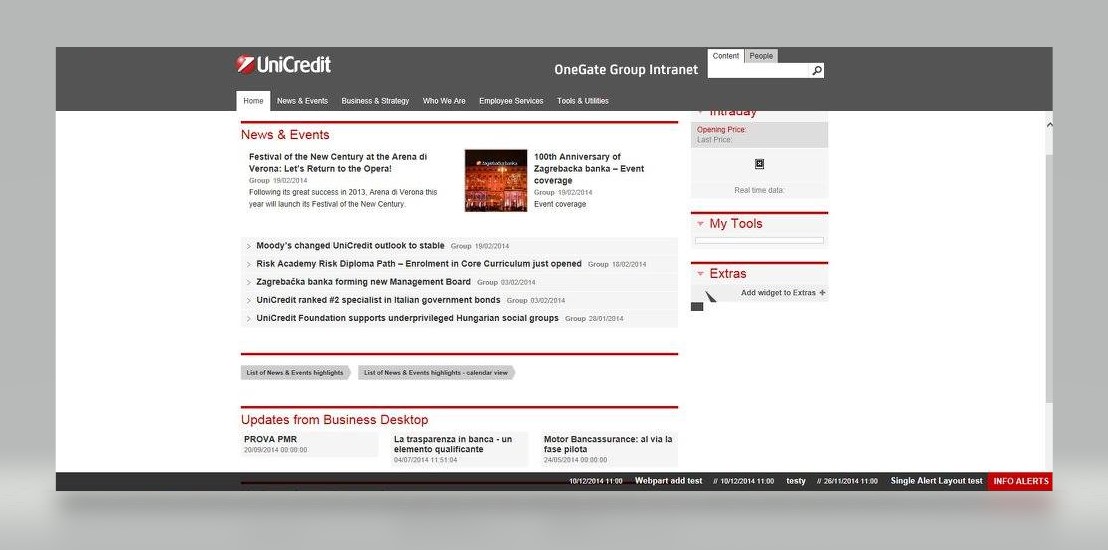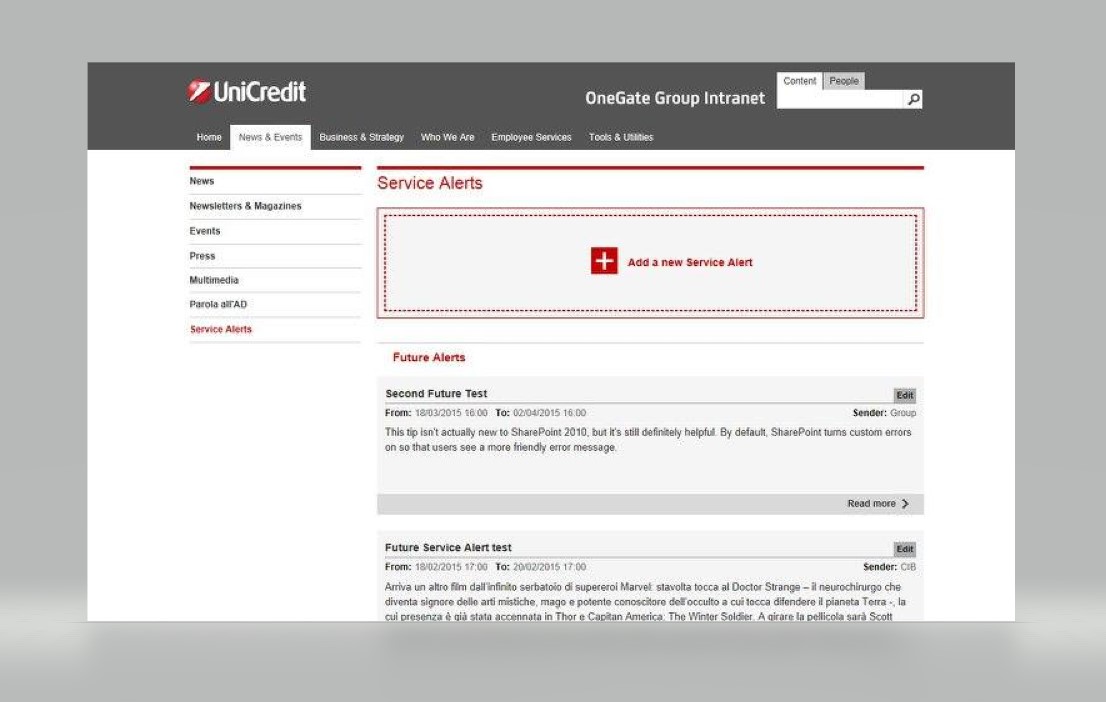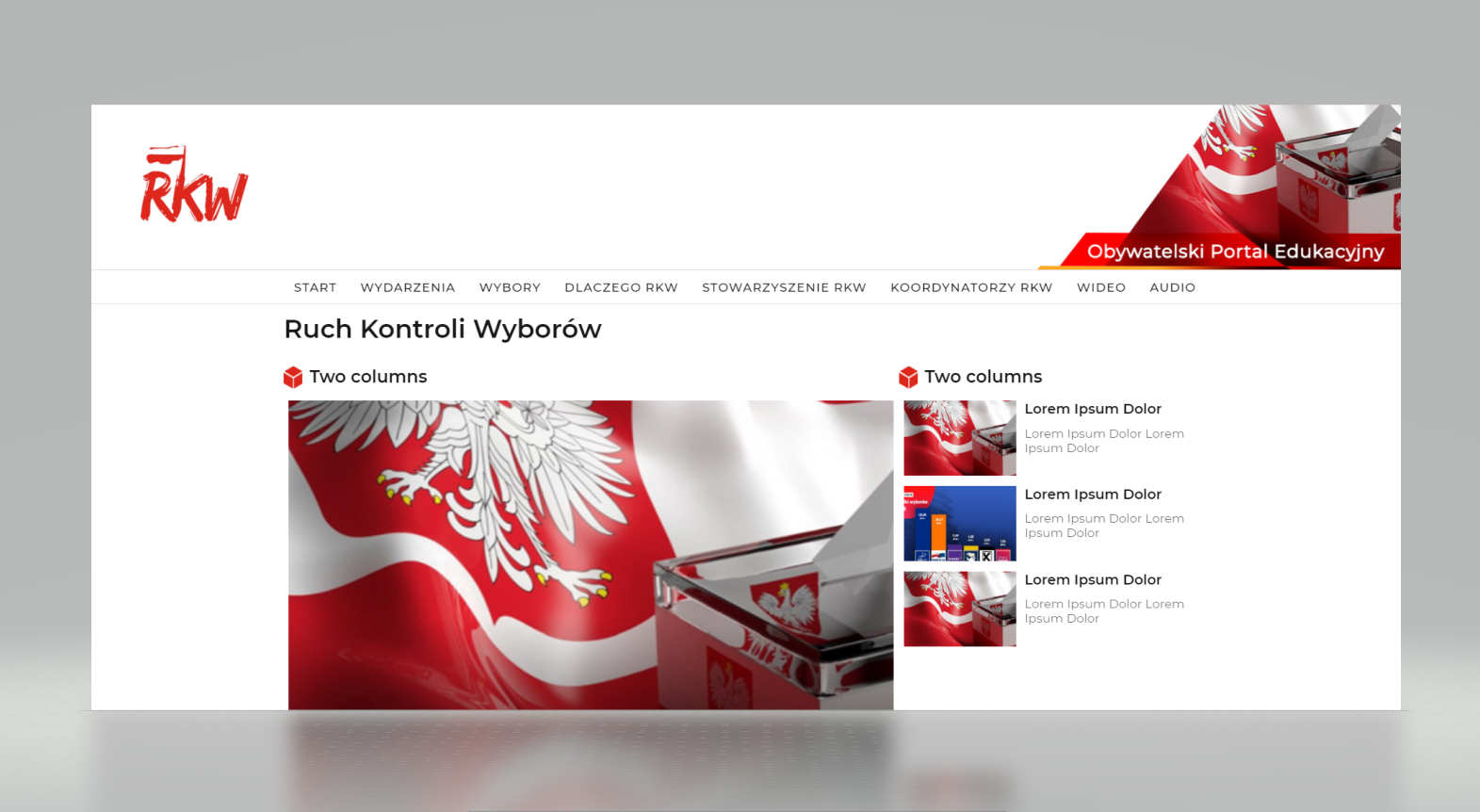Design
Thinking
Design Thinking is a problem-solving approach that emphasizes empathy, collaboration, and iterative prototyping to create innovative and user-centered solutions. It is a human-centered methodology that encourages multidisciplinary teams to understand and address complex problems effectively. The process involves several steps that guide designers and teams through the journey of problem-solving and innovation.
Empathize
Understand your audience's needs, goals, and pain points. Conduct user research, surveys, and interviews to gather insights into their preferences and behaviors.
Define
Clearly define the objectives and goals of your UX design project for the business landing page. Identify the key challenges and opportunities based on the insights gained from the research phase.
Ideate
Generate creative ideas and potential solutions to address the defined goals. Collaborate with your team to brainstorm concepts and explore different design possibilities for the landing page content.
Prototype
Create low-fidelity and high-fidelity prototypes of the landing page to visualize the design concepts. These prototypes will help you test and validate your ideas before investing too much time and effort in the development phase.
Test
Conduct user testing sessions with your prototypes to gather feedback and insights from your target audience. Evaluate the usability and effectiveness of the landing page design, and iterate based on user feedback.
Iterate
Refine and improve the design based on the insights gained from user testing. Continuously iterate and make necessary adjustments to enhance the user experience and align with the business goals.
Implement
Collaborate with developers and other stakeholders to implement the finalized design. Ensure that it is implemented accurately and that the user experience is seamless across different devices and browsers.
Evaluate
Monitor and measure the performance of the landing page using analytics tools. Collect data on user behavior, conversion rates, and engagement metrics. Use this data to assess the success of the design and identify areas for further optimization.


